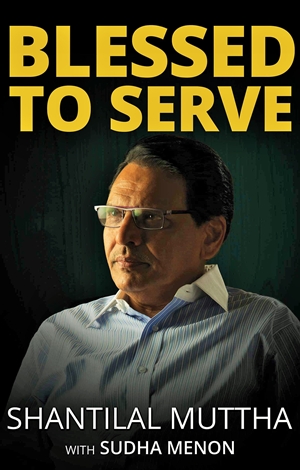|
(On the Latur earthquake) One of the most challenging tasks that we undertook during the relief work was taking care of those who died in the earthquake. Heavy rains and lack of adequate and speedy rescue and retrieval work meant that countless bodies lay rotting under the debris, even as their grieving families searched for them. We decided to give the dead a dignified departure and soon the volunteers were on the job, recovering bodies, getting them identified by the next of kin, and cremating them. It was a difficult task because the rain would not let up, and there was no wood to cremate the bodies. Eventually we used wood retrieved from window and door frames of homes that had been flattened in the earthquake. From the time I had landed at the disaster site, I had been struck by the plight of children in the villages. Many of them had lost their parents, their homes, and were traumatised by the tragedy. My heart went out to them when I saw small children begging for food packets that were being distributed, sometimes fighting for them because hunger had driven them to that plight. Bereft with grief, the children had no emotional anchor because their families had either been killed or were pre-occupied with the worries of surviving the disaster. Days into the earthquake, the kids were witnessing gory sights of rescue volunteers pulling out and laying out bodies to be identified, and I feared they would carry the emotional damage with them for the rest of their lives.  Since entire villages had been flattened by the earthquake, I knew it would be a long time before they went to school. It was then that the idea first came to me: if they had no schools in their villages, we could take up the responsibility of raising and educating the kids in Pune, I wondered. It was an audacious idea and, as I suspected, it met with stiff resistance from not just our volunteers but also my own community. Since entire villages had been flattened by the earthquake, I knew it would be a long time before they went to school. It was then that the idea first came to me: if they had no schools in their villages, we could take up the responsibility of raising and educating the kids in Pune, I wondered. It was an audacious idea and, as I suspected, it met with stiff resistance from not just our volunteers but also my own community.
They thought it a foolhardy idea and one which would bankrupt me. I stuck to my guns though, and soon the volunteers had drawn up a list of some 1,200 children whose lives were destroyed in the natural calamity. It was a huge task convincing the families to let their kids go so that they could have a good future; they were scared having lost everything else that they would lose their children too. Eventually, we decided that the kids would be accompanied by a few teachers from the village and a handful of village elders who would look after them while in Pune. That set their minds at rest. (See interview: The Journey of the Silent Warrior)
|